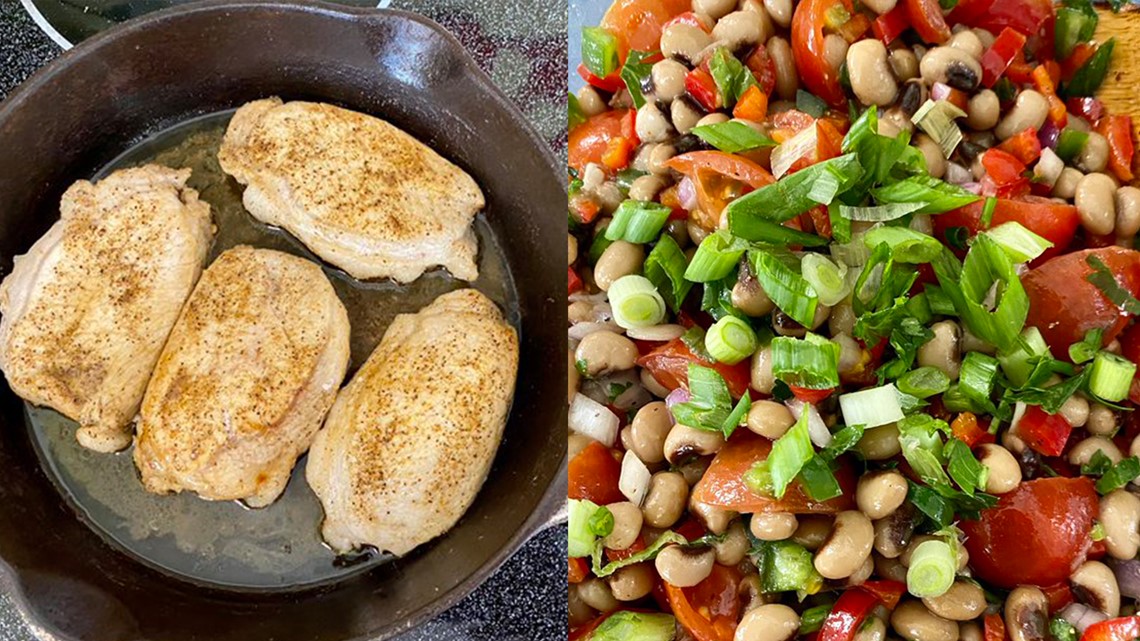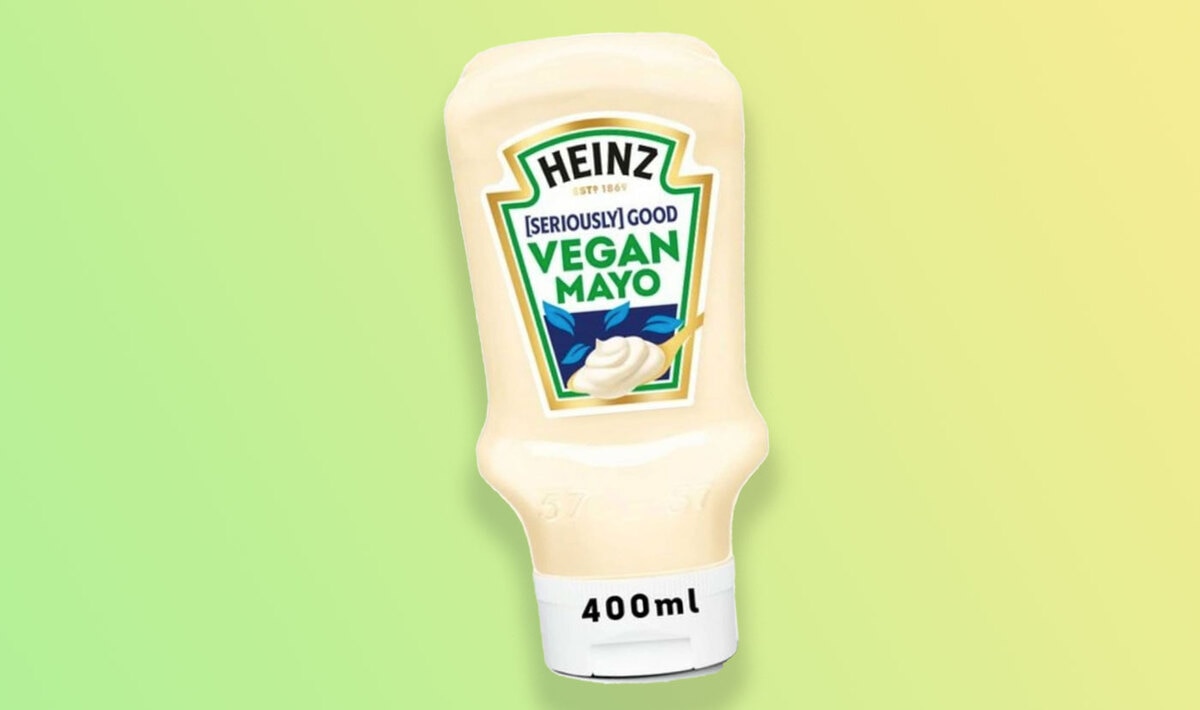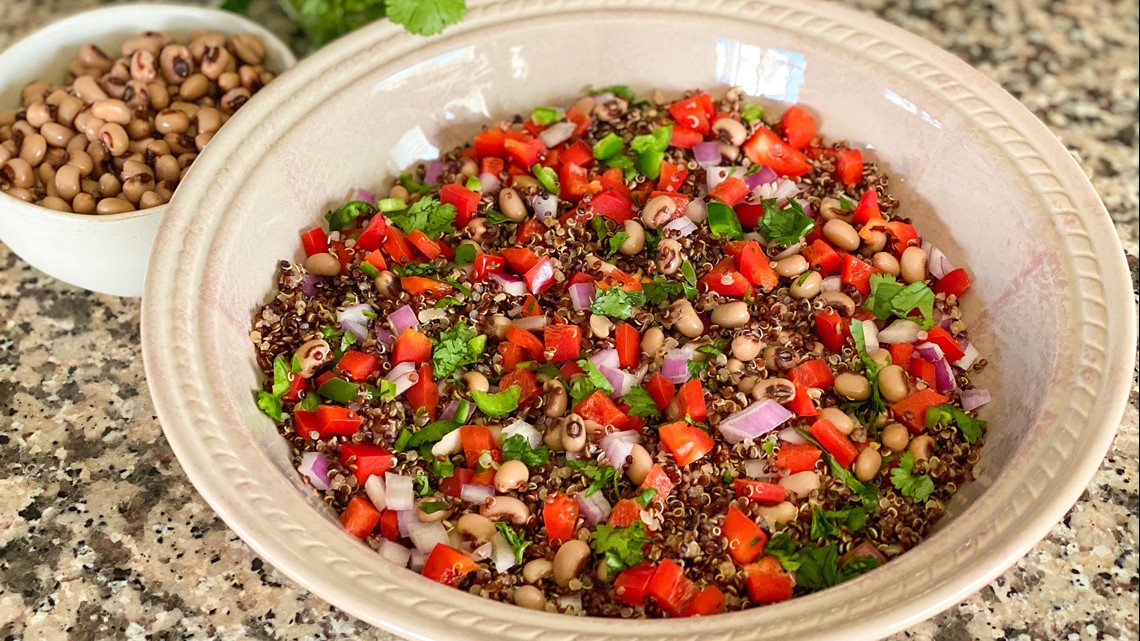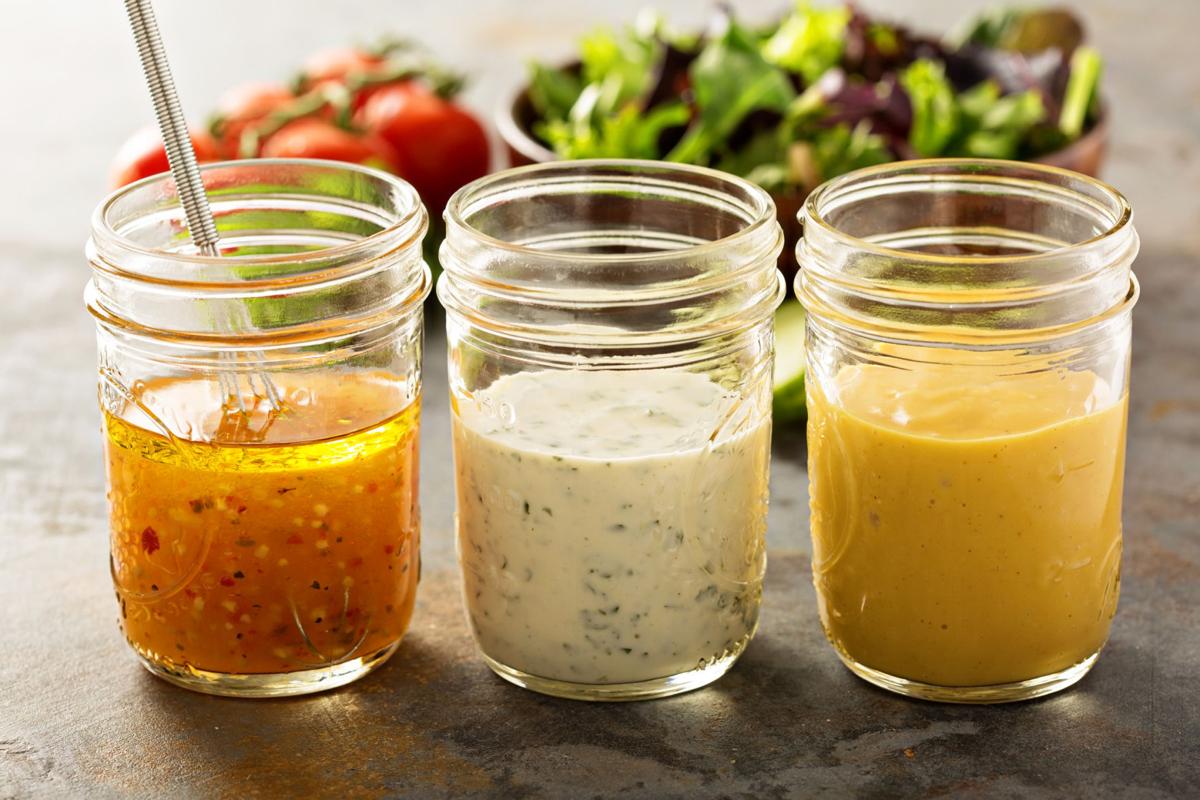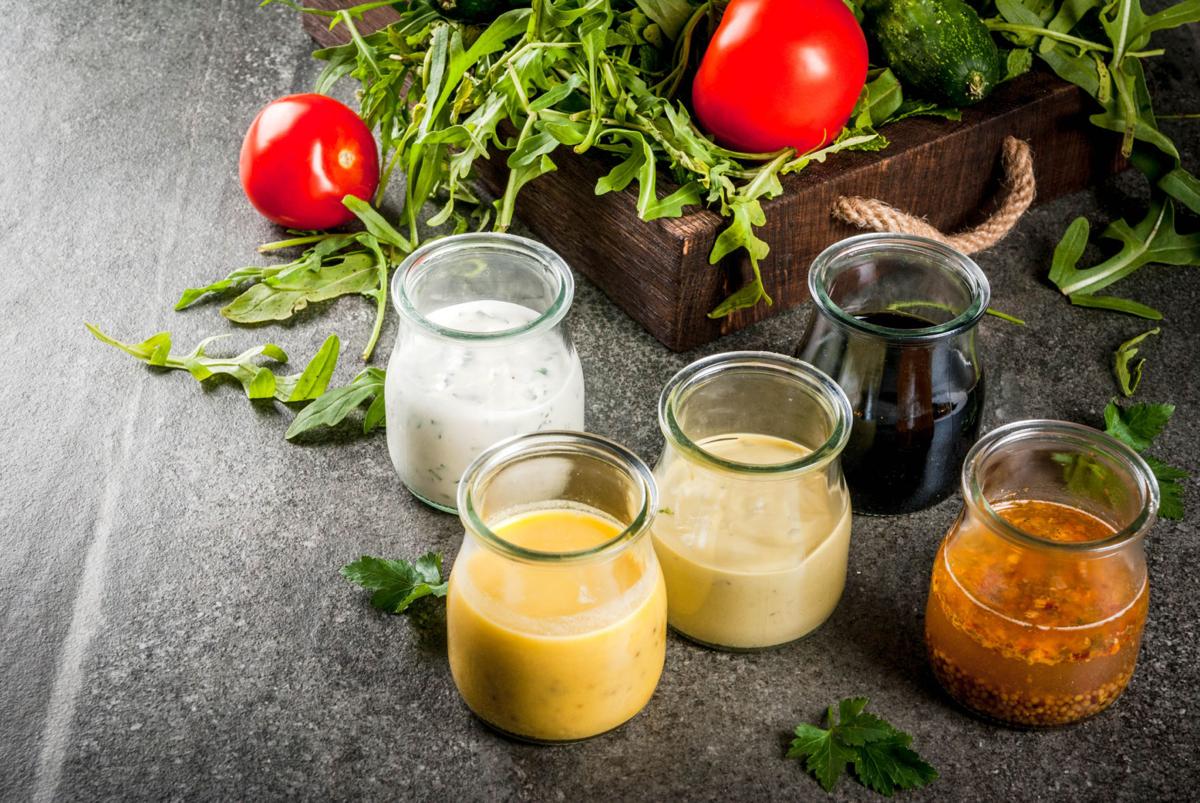
Our family has a tradition of going camping sometime between Christmas and New Year’s Day. The fathers in the family take the kids away so that our wives can have a night of blissful relaxation. We have a great big bonfire, shoot skeet, tell stories, and there is always a midnight scavenger hunt through the woods. As part of the tradition, there is always a huge camp meal. This is the one time of year when calories and caffeine actually do not exist! There are soft drinks (diet drinks are outlawed), chips, cakes, candy, and any other junk food that one typically shouldn’t consume on a regular basis. Then we have a great meal. We have cabbage and other vegetables stewed with smoked sausage, camp chili, and we roast tin foil wrapped sweet potatoes and white (Irish) potatoes in the coals of the fire. Then there is a Dutch oven that usually has some type of cherry surprise!
The question always comes up, “Are sweet potatoes and yams the same thing?” As North Carolinians, in good standing, we should be able to answer this question! The Sweet Potato is not only a very important crop grown here, it is our state vegetable. According to the most recent (2019) US Department of Agriculture survey, North Carolina is the number one producer of sweet potatoes in the United States. As a state, we harvested 97,700 acres of sweet potatoes in 2019, giving us a 61% share of the national harvest. This accounted for approximately 2 billion pounds of sweet potatoes worth $324 million as the 4th most valuable crop in NC, soybeans ($468 million), corn ($459 million), and tobacco ($441 million) round out the top four most valuable crops. I say all of this, not only to bolster your state trivia knowledge, but to show how important this crop is to North Carolina’s economy, employment, and farmers!
Interestingly enough, Sweet Potatoes (Ipomoea batatas) are not potatoes at all. They are in fact part of the morning glory family, Convolvulaceae, say that five times fast! Sweet potatoes are much different botanically than Irish potatoes or yams. A sweet potato, the part that we consume, is a modified root structure, called a tuberous root, used for food storage. Potatoes (Solanum tuberosum), as well as Yams (Dioscorea spp.), are in fact tubers. A tuber is different in that it is a modified, fleshy, below-ground stem used for food storage. This doesn’t sound like a big difference but it is. A tuber can be cut into several pieces, and as long as there is an eye, can produce a new plant from each piece. Sweet potatoes are grown from slips. Slips are vegetatively propagated from cuttings of mature plants and then transplanted.
Sweet potatoes are from Central and South America but grow well across the South in our warm weather. Their season is 100 to 110 days from transplant to harvest. Sweet potatoes come in many varieties and colors. Flesh can be light yellow, white, pink, red, or orange with yellow to purple to orange skin. The typical varieties grown in North Carolina are Beauregard and Jewell.
So how did we come to know sweet potatoes as yams? Are yams sweet potatoes or are sweet potatoes yams? The confusion stems from an ad campaign designed to distinguish orange fleshed sweet potatoes from the more traditional white-fleshed types. The African word nyami, was adopted in English as yam and it referred to the starchy, edible root of the Dioscorea spp (the actual yam). Producers adopted this term for the moist, orange fleshed sweet potato and it stuck. The terms are used interchangeably to refer to the sweet potato however, sweet potatoes are not yams and yams are not sweet potatoes! This has become so confusing that the USDA requires the label “yam” to be accompanied by “sweetpotato”. If you in fact purchase a yam, it will have rough, scaly skin, and typically will have an odd shape. Yams are not produced in the United States and are typically only found in high-end grocery stores and ethnic markets.
If you are having an issue in your home garden or landscape, send your questions to Gene Fox, Consumer Horticulture Agent with the North Carolina Cooperative Extension Service, please email at Gene at gene_fox@ncsu.edu. Learn more on Facebook at the Blacklands Area Horticulture page or visit the Extension Office located at 155 Airport Road in Washington, NC!
Gene Fox is the area consumer horticulture agent with North Carolina Cooperative Extension.
January 01, 2021 at 04:19AM
https://ift.tt/3hBrEkf
Is a Sweet Potato a Yam or is a Yam a Sweet Potato? - Washington Daily News - thewashingtondailynews.com
https://ift.tt/2rh4zOj
Potato
